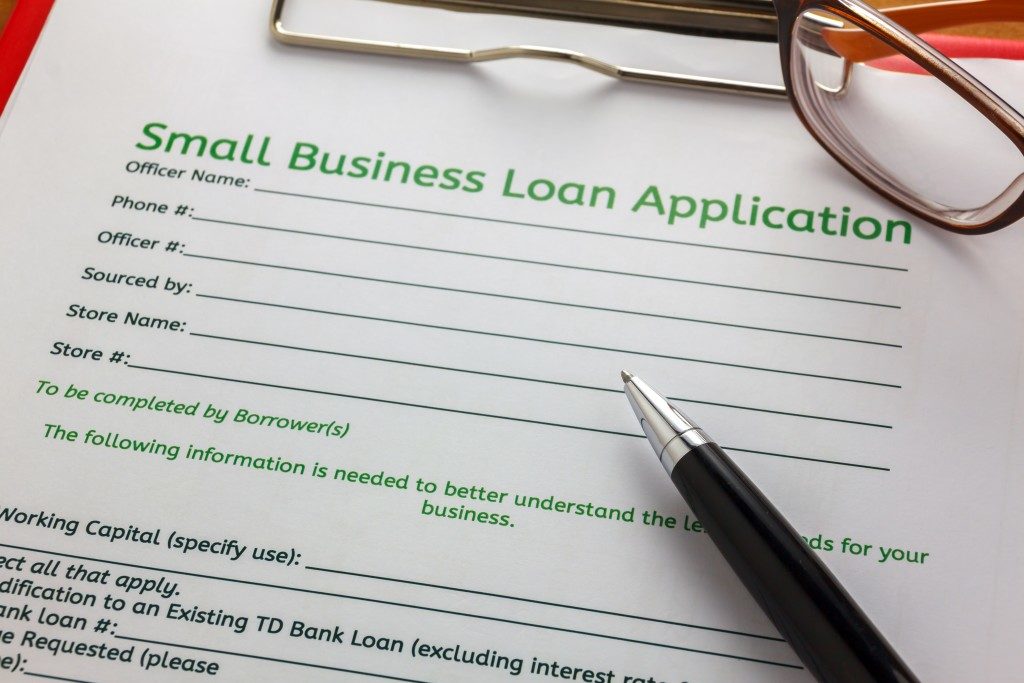Frequently, the terms promotion and advertisement are used interchangeably. Are they different? The short answer is yes. And you have probably guessed that. If the answer were the opposite, the discussion would end here. However, if you want to learn why the answer is yes, you should read on.
Promotion vs. Advertising
Both of them are marketing tools. The big umbrella they are under is called the marketing communications mix. They sit together with personal selling, direct marketing, and public relations. They are all the same in that they are tools used strategically to engage customers and make sales.
Now, how are they different? Advertising is more of a long-term strategy, while promotion is the opposite. Promotion is often set up to last a specific short-term period.
How Advertising Works
If your business pays for a spot on the local community’s billboard, that is considered an advertisement. Advertising involves paying another party to reach an objective. Most of the time, the goal is linked to the increase of brand awareness or sales.
If you dive deep into the advertising world, you will find many objectives behind every advertisement that you see as a consumer.
For example, your goal is brand positioning. This basically means that in a specific amount of time, say one year, you want to instill in customers’ minds the idea that there is something about your brand that they can relate to and it’s something they need. That is in relation to other brands.
Brand positioning typically answers the question of why the customers should choose you over your competitors. Now, this is where advertising’s difference from promotion comes in. You cannot achieve the goal of positioning your brand in the market in 24 hours. It must be continuously ongoing for a period to make its impact.
The downside to advertising is in the way the results can’t actually be measured. The number of people an advertisement reached can be counted. However, you really wouldn’t know how much of an impact a specific ad made unless you go around asking people what they think about your brand now after being exposed to a billboard for six months.
This is at least true for traditional advertising like on billboards, magazines, and newspapers. However, for digital marketing, consumer behavior can be tracked and analyzed for each ad campaign. This is what business intelligence consulting services do. They help you make sense of the data they gather on your customers, so you can base your future decisions on them.

How Promotion Works
Promotions are usually short-term campaigns based on incentives. Customers love getting something for free or at a discounted price. This is why introductory prices are usually lower than those of the competitors.
Some ways products are promoted are through discounts, buy-one-take-one offers, free taste, and many more. One of the goals for promotion is to introduce a new brand in the market. You want your customers to know how good your product is and why they should buy it.
One way to do that is to give out free samples at the mall. They are bound to use that free sample one time, and hopefully, they will be willing to spend money next time to get the experience again. Obviously, you cannot give out free samples for a whole year. Usually, these promotions last a week or two.
One-month free trials are the most common promotion campaigns for subscription-based services. You will get to experience what it’s like to stream on Netflix for a whole month, so you can decide if you want to pay for the service next time.
If you have a new product and another that is doing well in terms of sales, you can attach a sample of that new product as a freebie for the other one.
Pushing for a product into the market must not make the consumers feel like they are being forced to buy it. This is why promotions are fun. It could be in the form of contests where customers look for a code inside, and they win a prize. Unique packaging that caters to a specific market can also do the trick. This is why some cartoons, which are totally unrelated to the product, are printed on the box.
The Bottom Line
You can always combine these two tools under your marketing belt. However, there are instances when you can only choose one due to budget constraints. If this is the case, usually, promotions are more affordable. Giving discounts can be cheaper than paying for ad space.


